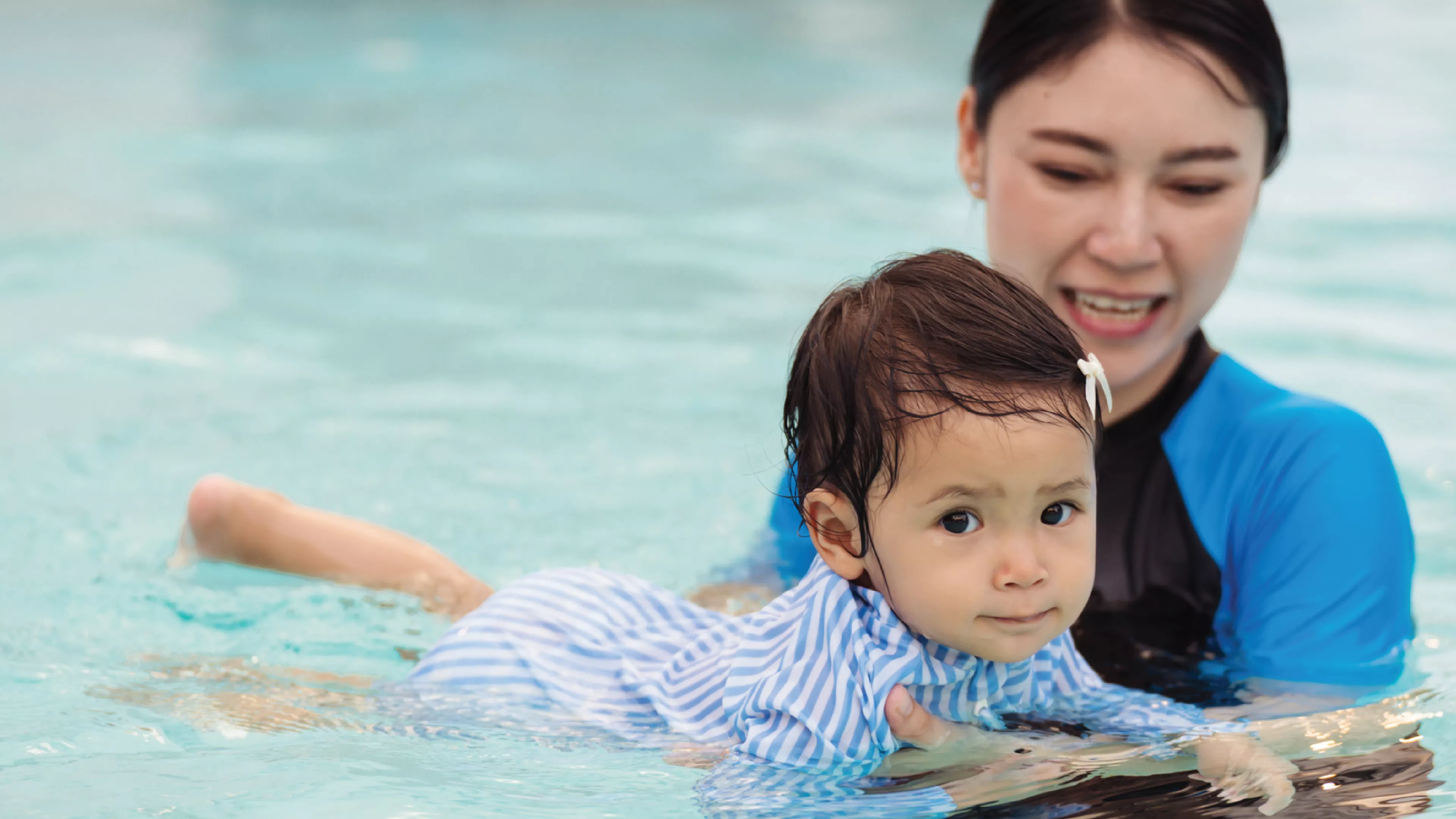WE ARE AMERICA'S SWIM INSTRUCTORS!
The YMCA teaches children of all ages and from all backgrounds that water should be fun, not feared, if you know how to stay safe in and around water. Drowning can happen nearly anywhere with standing water — but as a parent or caregiver, you can’t keep your kids sidelined. By equipping kids with the tools they need to be confident in and around water, they’ll be able to reap the health benefits of exercise, bond with family and friends and take pride in their new skills — safely.
SAFETY AROUND WATER PROGRAM!
Over the course of swim session, adults and children learn important skills in and around water, including:
Basic Swim Skills: | Like floating, blowing bubbles, the freestyle stroke and the front crawl. |
| Safety Skills: | Like CPR, identifying a safe place to swim and water rescue techniques (“Reach or Throw, Don’t Go”) |
| Survival Swim Skills: | Like pushing off the bottom of the pool to resurface (“Jump, Push, Turn, Grab”) and a method of swimming on your front and back (“Swim, Float, Swim”) |
WATER SAFETY TIPS!
• Never swim alone or without a water watcher. When children are swimming, make sure they are actively supervised at all times. Teach your children that they should only swim in locations where a lifeguard is on duty, or where a responsible adult agrees to watch the children in the water without distractions.
• Supervise your children whenever they’re in or near water. Whether it’s bath time or taking a dip in a pool or lake, make sure your children are within arm’s reach at all times.
• Learn how to Swim. The YMCA of Long Island offers swim lessons for children and adults year-round. Learning how to swim is a life-long skill and is fun. In fact, learning to swim saves lives. The YMCA of Long Island is grateful to partner with Stew Leonard III Water Safety Foundation to provide swim lessons and lifeguard training to families in need on Long Island.
• Wear a life jacket: Inexperienced or non-swimmers should wear a Coast Guard-approved life jacket.
• Don’t jump in the water to save a friend who is struggling in deep water. If a child finds their friend in deep water unexpectedly, their natural reaction may be to jump in the water to try to save them. Even if a child is a great swimmer, a panicked person will overpower them and easily pull the rescuer underwater. The Y’s Safety Around Water program teaches the “reach, throw, don’t go” concept of using a long object to reach for them and pull them to safety. By using this technique children can help their friend without compromising their own safety.
STEW LEONARDS III WATER SAFETY FOUNDATION!
We have been fortunate to partner with organizations to education and provide swim lessons to families in need. We are grateful to continue this work with the grant awarded from Step into Swim and Stew Leonard III Water Safety Foundation. Step into Swim is a nation wide incentive dedicated to create safe swimmers. with this grant we are able to offer no-cost swim lessons to families in need this year.




